heel pain exercises
Body Part:
Heel & Foot
Equipment:
Mini Foam Roller & Mini Massage Ball
Level:
Beginner
Body Part:
Heel & Foot
Equipment:
Mini Foam Roller & Mini Massage Ball
Level:
Beginner
It’s a little known fact: our bodies strategise while they are walking. The forward movement we use so frequently to get us where we need to go happens thanks to what’s known as the double pendulum strategy. We lift a foot, put it down, swing the other foot forward… and before we know it, we’re farther along than we were just a moment ago. A simple, flawless design. Our heels are a core element in the master plan our body has for walking. When we take a step, it’s the back of our foot that’s the first point of contact with the ground. This is why when we experience heel pain, our body’s strategy for advancement can be thrown off its course. Our physique has to re-strategise to compensate for the weak link, which can disrupt our natural movement.
There are a variety of conditions that cause heel pain. These include:
If you are experiencing heel pain, your heel may be stiff, swollen, or feel tender. It might also be bruised or red, or you might notice a bony bump on the back.
We’ve got heel pain exercises that can help take the sting out of your steps. Reduce heel pain and relieve inflammation with our 4-step routine that includes stretching, foam rolling, and massage. It only takes 8 minutes, and all you need is our mini foam roller and mini massage ball. Follow along with our video or scroll down for the step-by-step instructions.

Sign up for our free newsletter and discover how to manage your pain yourself. Every two weeks, we’ll deliver follow-along videos and articles to your inbox.
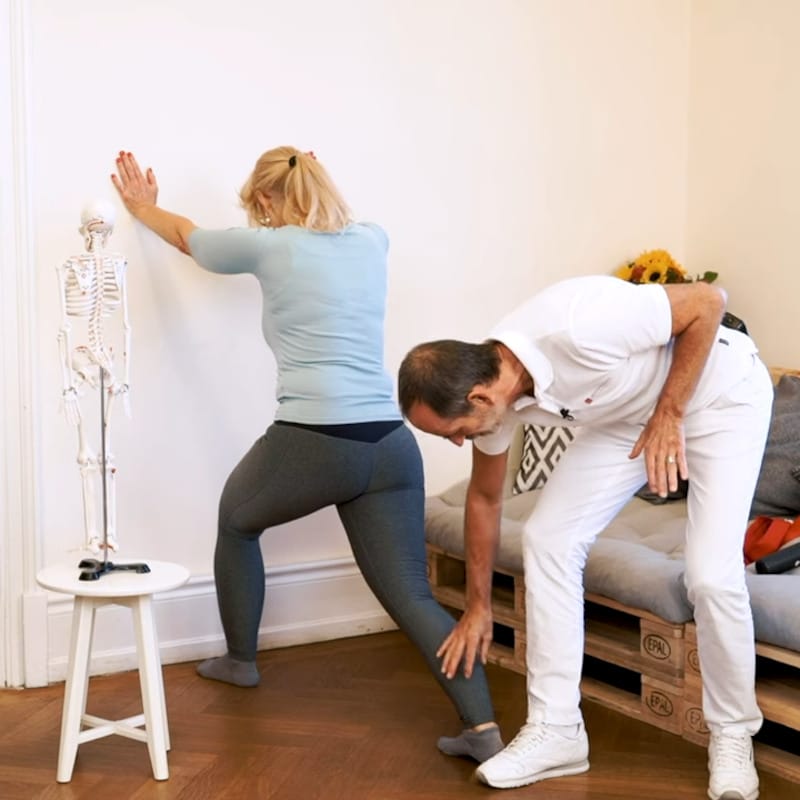
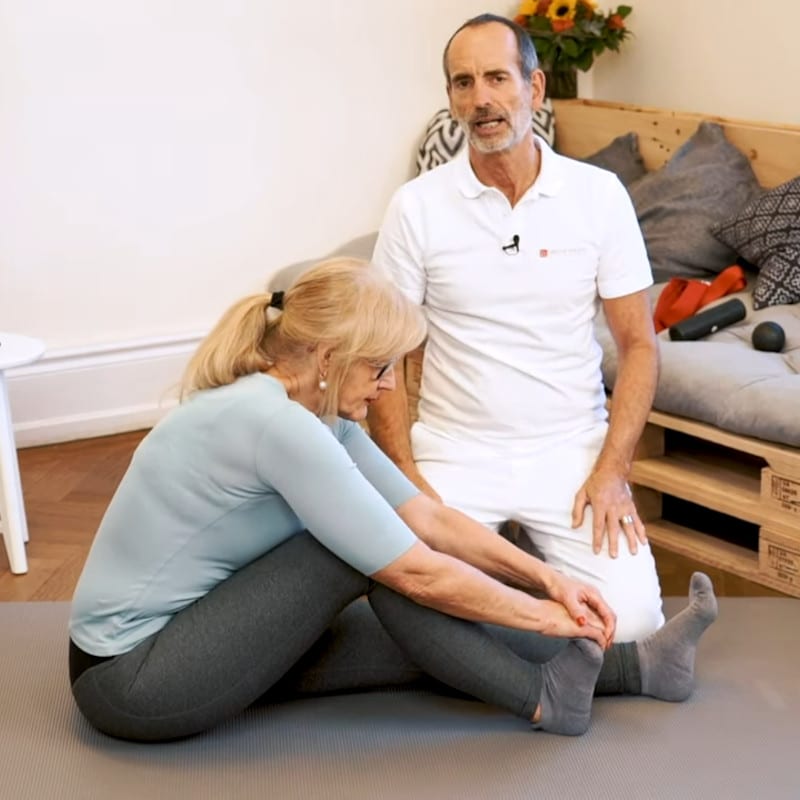
If this position isn’t stretching the affected area of your foot, pull your toes to the left and right until it does.
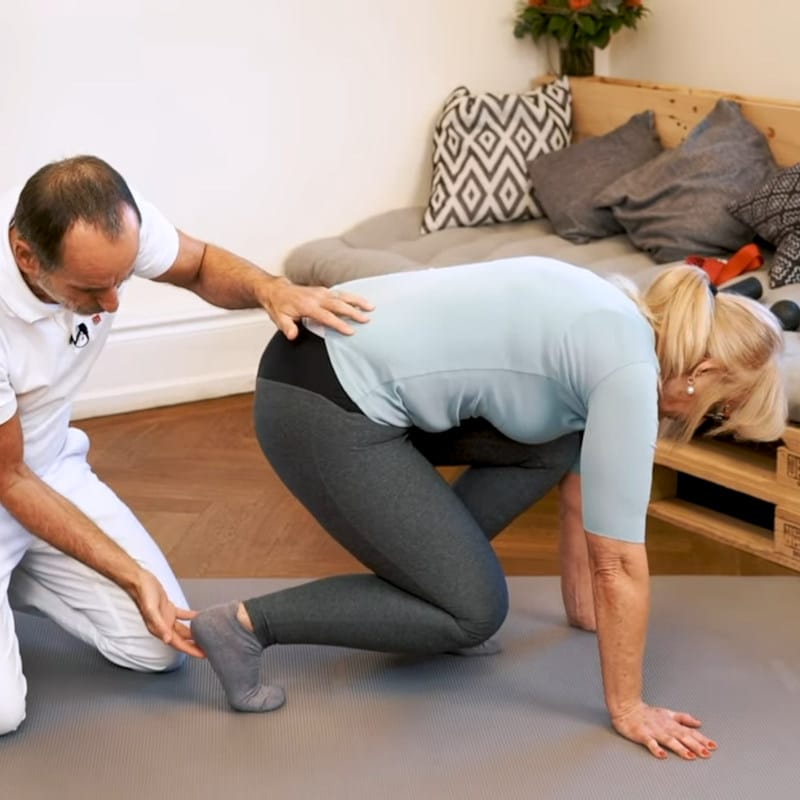
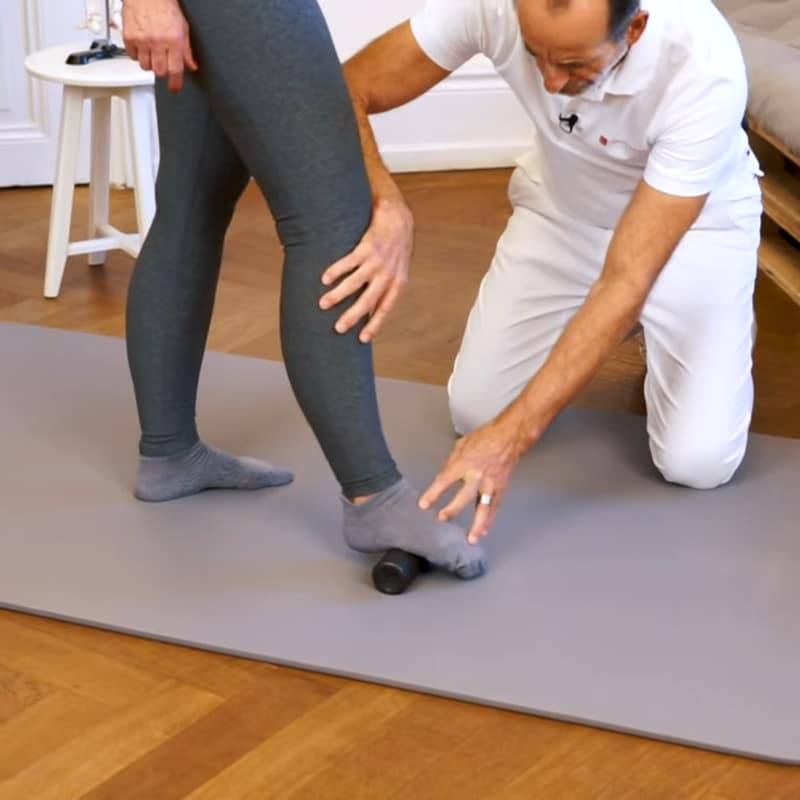
For this exercise, you’ll need our mini foam roller. To get the most out of the sole foam roll massage, roll slowly for about 2 minutes.
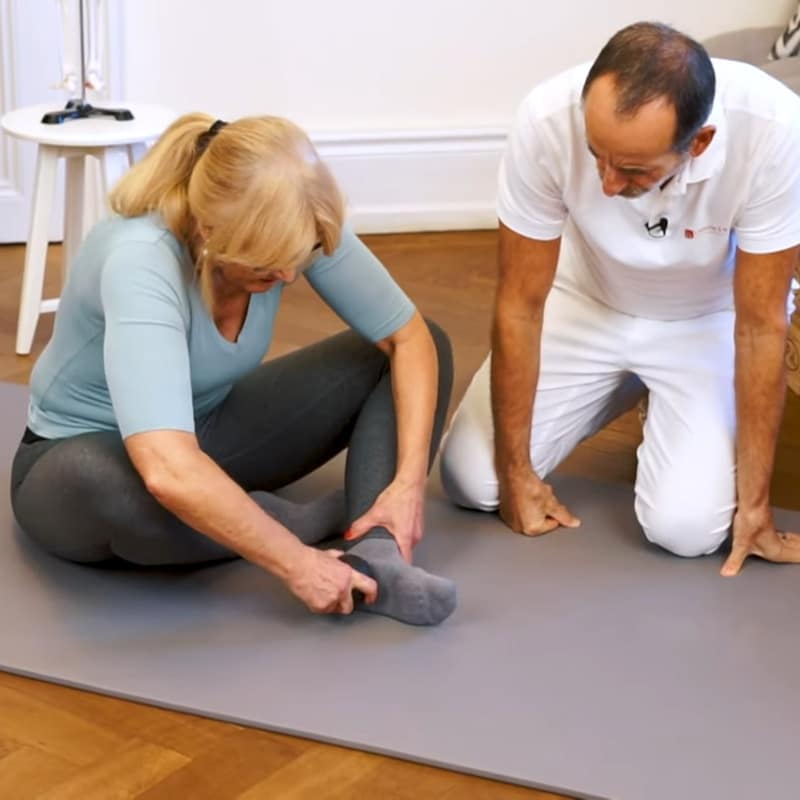
For this exercise, you’ll need our mini massage ball.
Exercise your heel 6 days a week and leave 1 day for rest. You’ll know you’re making progress when you no longer notice that you’re hurting while taking a step.
Our tip to prevent heel pain: wear shoes your feet like.
Whether it’s your favourite dress shoes for work or athletic shoes for sports, treat your feet to footwear that is comfortable and supports the natural movement of your feet.

Sign up for our free newsletter and discover how to manage your pain yourself. Every two weeks, we’ll deliver follow-along videos and articles to your inbox.
Then we would be happy if you shared it with your friends: